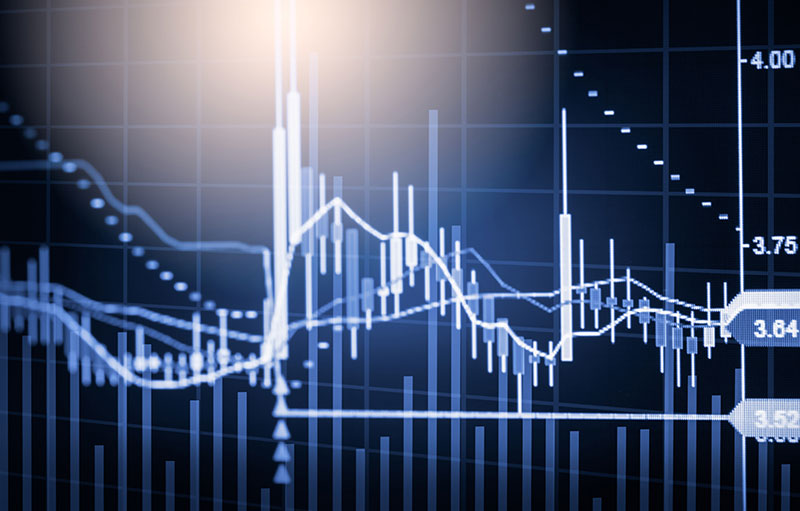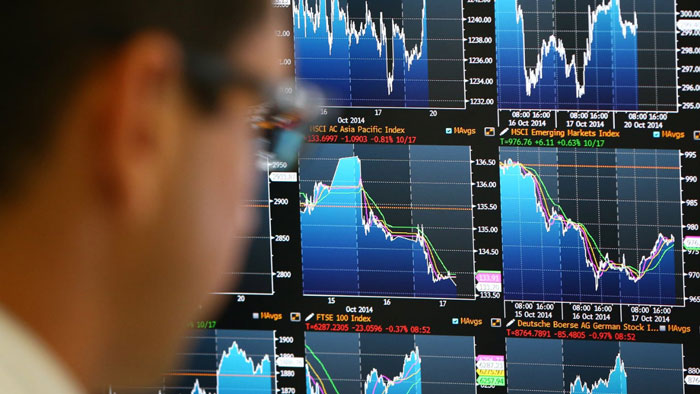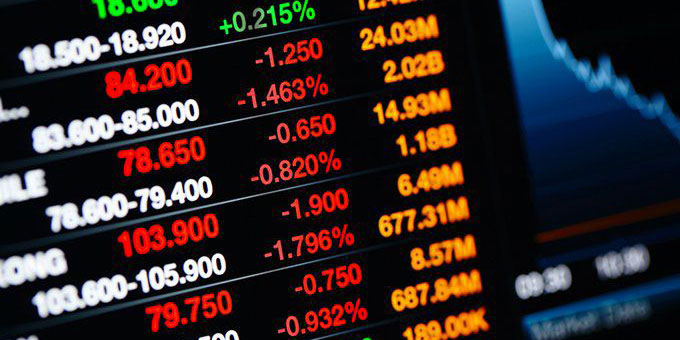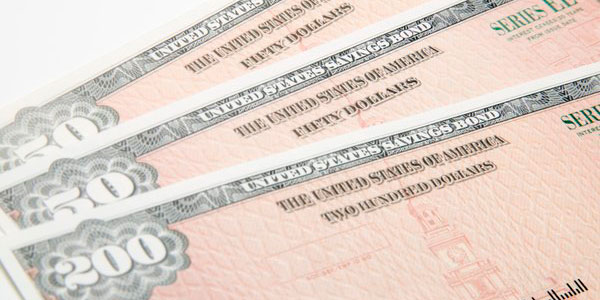Exchange-traded funds (ETFs) may be a good choice for you if you are on the more conservative end of the active vs. passive spectrum. You might not be able to beat the market, but you will get very close. When the economy is terrible, the Russell 2000, which is a measure of small-cap US stocks in the Russell 3000 index, often does better than the S&''P 500, which is a measure of large-cap US stocks. We'll discuss S&''P 500 vs. Russell 2000 ETF: What's the Difference.
S&''P 500 ETFs

The Standard &'' Poor's 500 (S&''P 500) is an index of the market value of 500 of the biggest publicly traded U.S. companies. The market capitalization, or "market cap," is found by multiplying the number of outstanding shares of stock by the price of a share of stock. For example, a company with 10 million shares and a stock price of $100 would have a market capitalization of $1 billion. Most analysts think that the S&''P 500 is the best way to measure how well the U.S. stock market is doing. The index is used to measure performance by numerous group managers, exchange-traded funds, and mutual funds.
1. Expense Ratio
The expense ratio for the SPY is 0.0945 percent, which is low compared to other ways to manage assets. The expense ratio of a fund shows how much it costs to run the fund as a share of all the assets it manages (AUM). As of January 2022, both Vanguard's VOO and BlackRock's IVV have an expense ratio.03 percent, while SPY has an expense ratio of.04 percent.
2. Number of Trades per Day
Even though the SPY has a higher expense ratio, it is more liquid because it trades an average of 11.8 million shares every day. Liquidity means how many or how many shares are being traded. When there is more liquidity, it is easier for investors to buy and sell shares of the fund. But as of January 2022, IVV from Blackrock and VOO from Vanguard has gained 8.6 million and 9.6 million stocks, respectively.
3. Performance
A common way to relate the performance of all three funds with the S&''P 500 table is to look at their NAV (Net Asset Value) returns. Since Dec 2021, the S&''P 500 has grown by 26.04 percent over the past three years and 18.48 percent over the previous five years.
Russell 2000 ETFs

The Russell 2000 Index follows the performance of about 2,000 small-cap U.S. companies, while the S&''P 500 Index is mainly made up of large, well-known companies. The index has the exact weighting as the S&''P 500, which is often used as a benchmark index. Russell 2000 ETFs closely follow the Russell 2000 Index, which comprises 2,000 small-cap stocks out of the 3,000 stocks in the Russell universe. The Russell 3000 keeps track of almost all publicly traded stocks in the United States, which is about 96.9%.
The size of the market is used to calculate both the Russell 2000 and the S&''P 500. But unlike the S&''P 500 index, the stocks in the Russell 2000 index are not chosen by a committee. Instead, the holdings are decided by a formula that looks at their market capitalization and whether or not they are already in an index.
1. Expense Ratio
Since Dec 2021, the expense ratio for Vanguard's VTWO is 0.10 percent, and Blackrock's IWM is 0.19 percent. In January 2022, the TNA for 1617 Direxion was 1.11 percent. These funds that follow the Russell 2000 index tend to have higher fees than those following the S&''P 500 index. They might manage their portfolios more actively, which might sometimes rebalance a more significant number of securities.
2. Number of Trades per Day
Every day, 7.5 million TNA shares are traded, but only 1.5 million VTWO shares are traded. 1819 On the other hand, Blackrock's IWM trades a massive number of shares every day: 49,5 million.
3. Performance
People often use the net asset value (NAV) returns to compare the three funds' performance to the Russell 2000 index. Since Jan 2022, the Russell 2000 has grown by 13.65 percent over the past three years and 10.46 percent over the past five years.
Factors to Consider
ETFs can be a good investment for people who are happy to get the same return as the market for a small fraction of what it would cost to manage their money actively. Investors can choose from a wide range of ETFs based on the size, location, or type of companies in the index. The most common choices are S&''P 500 ETFs and Russell 2000 ETFs. The size of the companies in their respective indexes (large-cap for the S&''P 500 and small-cap for the Russell 2000), the volatility of the unweighted, unmanaged index, and the number of stocks in the index are some of the key differences between them.




